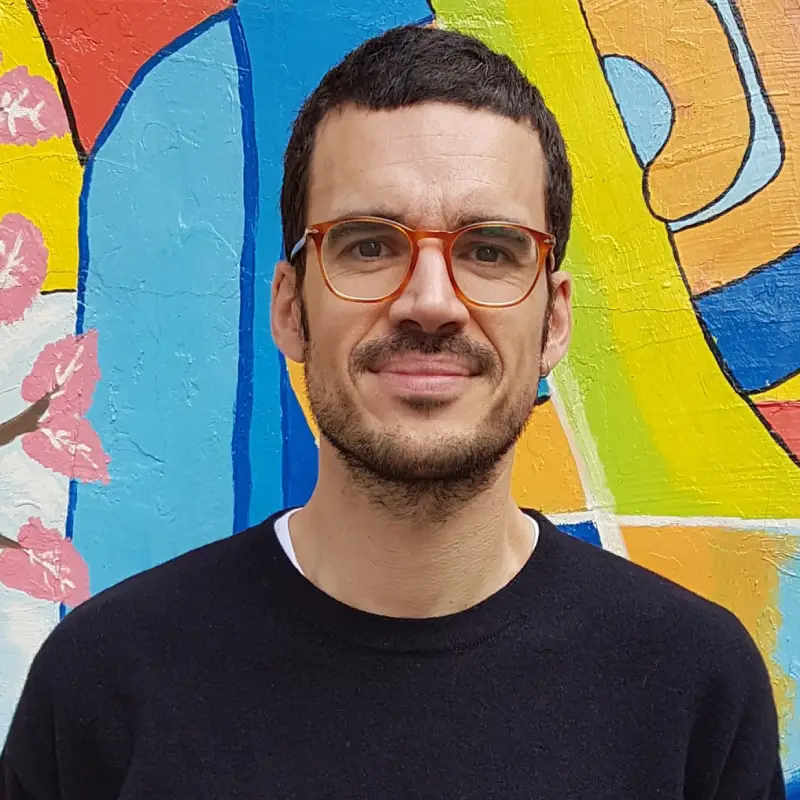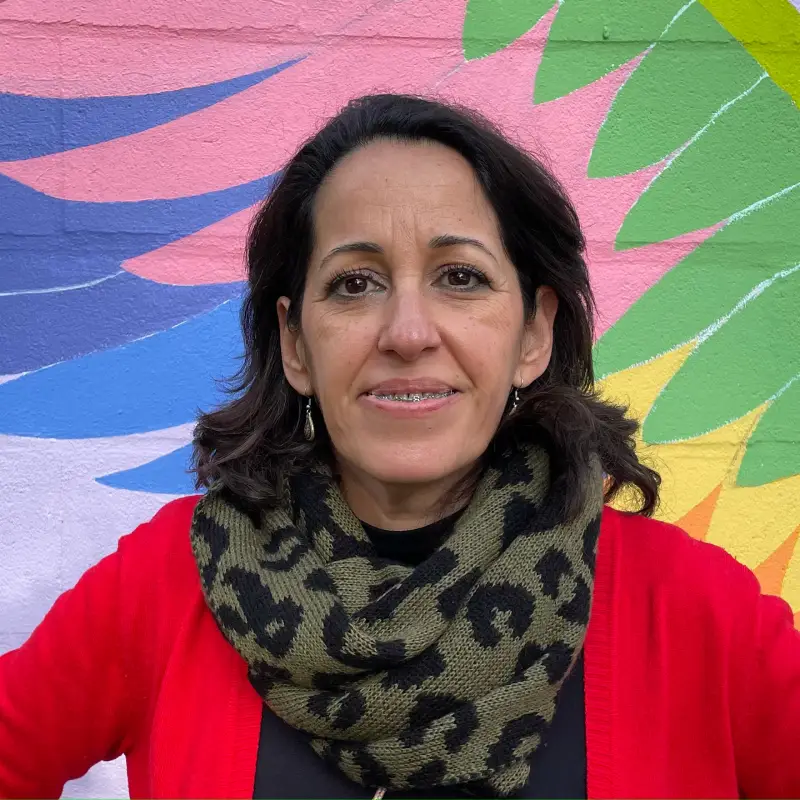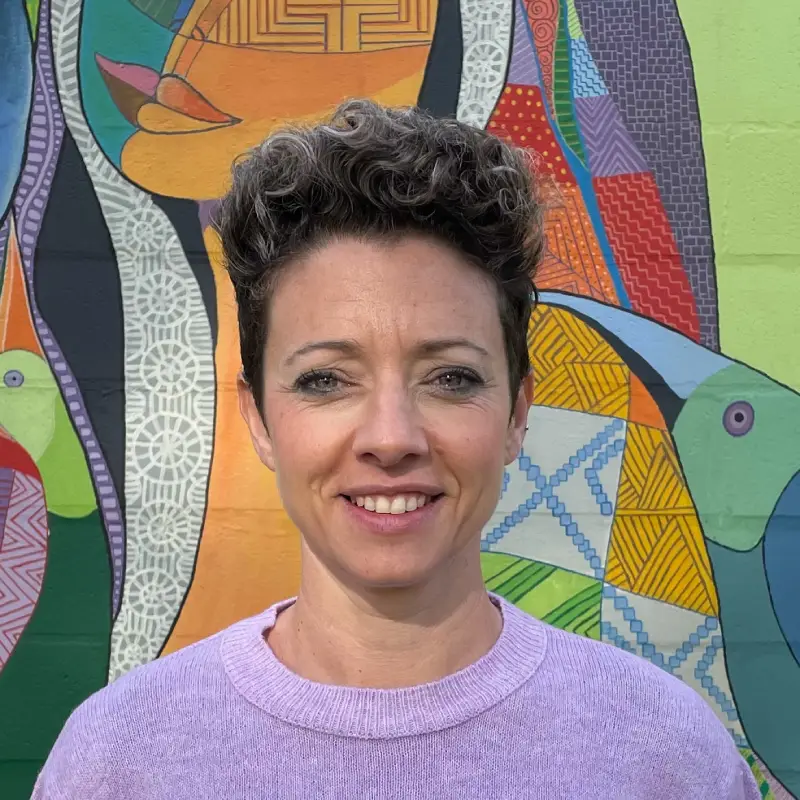Bilingualism
A COMPETITIVE ADVANTAGE IN EDUCATION
Bilingualism as an Open Door to the World
Our school started with bilingualism in the Early Childhood stage in the 2012-2013 academic year, and its implementation will be progressive until reaching 4th year of Secondary Education in the 2024-2025 academic year.
All the teachers who teach bilingualism have a B2/C1 level according to the CEFR, in addition to participating in continuous training programs for second language teaching.
The project is justified by the need our students have, and will have in the near future, to feel immersed in a European environment, and by extension, an international one, that uses the English language to facilitate exchange, communication, and active participation for those who are part of it.
1
What do we want to achieve?
Our objective is to provide students with tools, resources, and communication skills that allow them to thrive in the current globalized environment.
2
What does it involve?
Learning a second language, English, through its use as a medium of instruction in various subjects across the curriculum, either partially or entirely. For this purpose, we have designed a BILINGUAL program that goes beyond standard approaches. In this context, we have integrated various “extra” resources.
3
What do we assess?
Bilingualism assessment is continuous and criterion-referenced. Students will be assessed based on specific criteria of each subject area using various assessment instruments, with the aim of learning the foreign language and acquiring the competencies specific to each subject.
4
How is bilingualism taught?
Through a communicative, participatory, and playful approach where students actively engage. Each stage has its own characteristics.
5
Use of New Technologies.
For work across different subjects, we’ve integrated the use of new technologies in our classrooms:
The use of these technologies allows for richer and more diverse content delivery, as well as a more current treatment of the subjects. Therefore, the development of students’ Digital Competence holds great importance in language instruction.
We have a digital window that connects our students to a more globalized world, enabling them to adapt to it and its ever-changing forms and languages of communication.
To learn more about International Student Exchange Programs, click on the following link INTERNATIONAL EXCHANGES.









































































